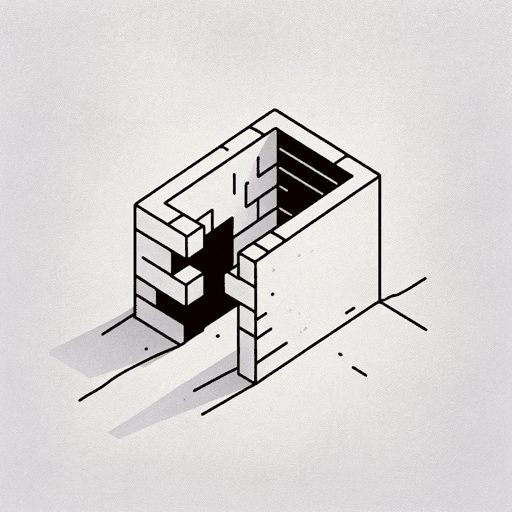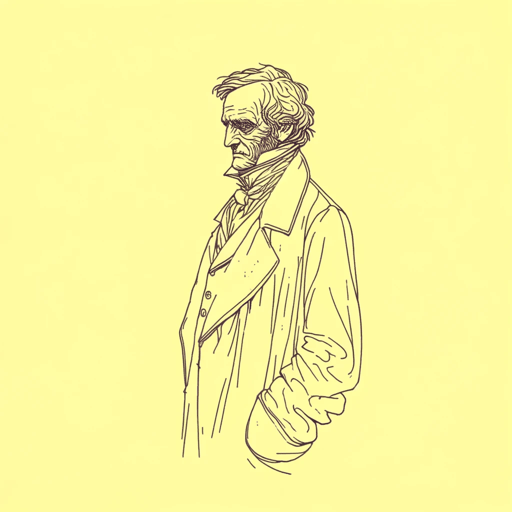26 pages • 52 minutes read
Edgar Allan PoeThe Premature Burial
Fiction | Short Story | Adult | Published in 1844A modern alternative to SparkNotes and CliffsNotes, SuperSummary offers high-quality Study Guides with detailed chapter summaries and analysis of major themes, characters, and more.
Themes
The Line Between Truth and Fiction
Poe’s “The Premature Burial” explores the theme of truth versus fiction. The story highlights the way in which perceptions of reality can be distorted by fears and anxieties, and how beliefs can be shaped by the stories people tell themselves and others. Despite the narrator’s conviction that “in these accounts [of historic tragedy] it is the fact—it is the reality—it is the history which excites” (Paragraph 1), the story suggests that the truth is elusive and subjective, and one’s understanding of reality is often shaped by internal struggles and perceptions.
While the narrator is convinced that truth is more terrifying than fiction, his personal fictions cause him the most suffering: “In all that I endured there was no physical suffering but of moral distress an infinitude” (Paragraph 25). Throughout the story, there is a lack of a tangible, verifiable cause of his suffering. While the narrator attempts to ground his fears in terrifying historical cases of premature burial, his perception is distorted by his unrealistic certainty that this will happen to him. When discussing premature burial, he claims that “all narratives upon this topic have an interest profound; an interest, nevertheless, which, through the sacred awe of the topic itself, very properly and very peculiarly depends upon our conviction of the truth of the matter narrated” (Paragraph 21).
Related Titles
By Edgar Allan Poe

A Dream Within a Dream
Edgar Allan Poe

Annabel Lee
Edgar Allan Poe

Berenice
Edgar Allan Poe

Hop-Frog
Edgar Allan Poe

Ligeia
Edgar Allan Poe

Tamerlane
Edgar Allan Poe

The Black Cat
Edgar Allan Poe

The Cask of Amontillado
Edgar Allan Poe

The Conqueror Worm
Edgar Allan Poe

The Facts in the Case of M. Valdemar
Edgar Allan Poe

The Fall of the House of Usher
Edgar Allan Poe

The Gold Bug
Edgar Allan Poe

The Haunted Palace
Edgar Allan Poe

The Imp of the Perverse
Edgar Allan Poe

The Lake
Edgar Allan Poe

The Man of the Crowd
Edgar Allan Poe

The Masque of the Red Death
Edgar Allan Poe

The Murders in the Rue Morgue
Edgar Allan Poe

The Narrative of Arthur Gordon Pym of Nantucket
Edgar Allan Poe

The Oval Portrait
Edgar Allan Poe

